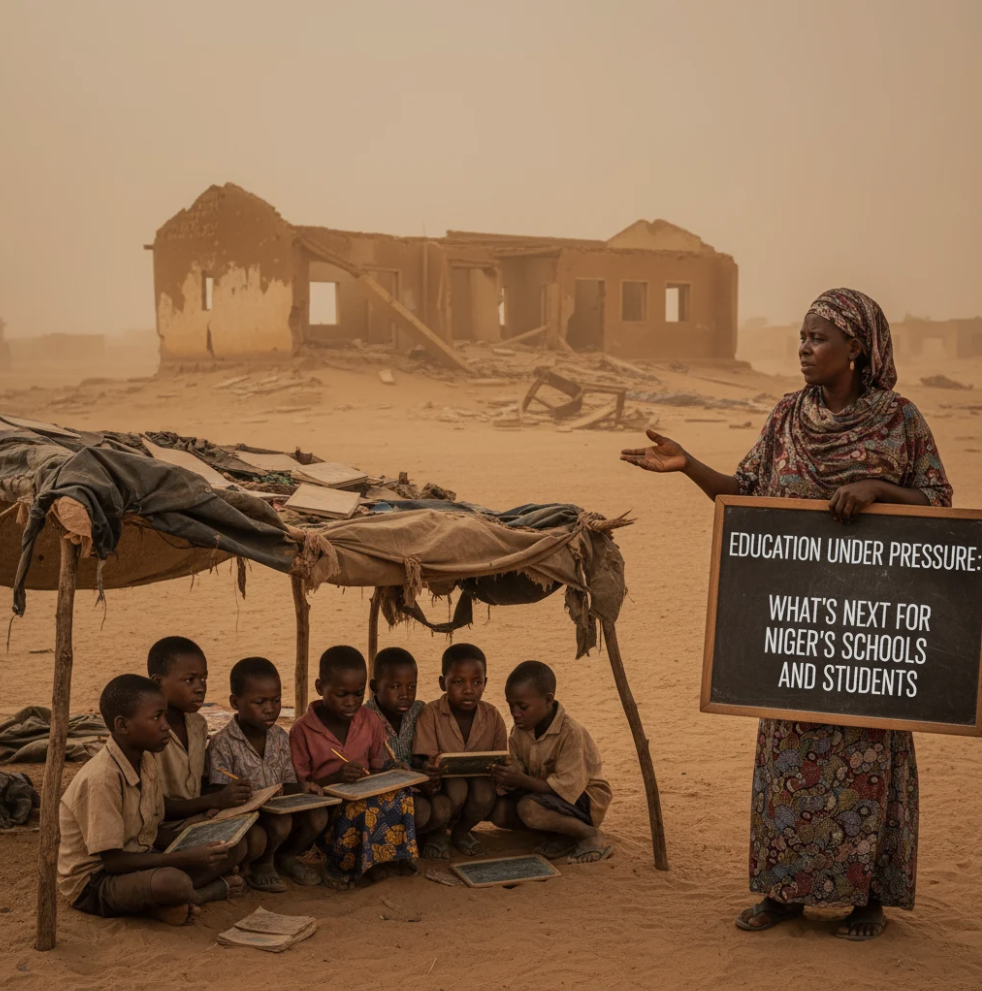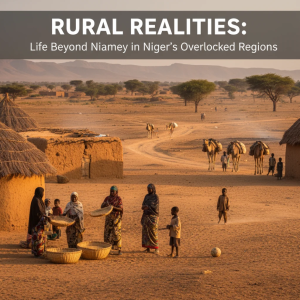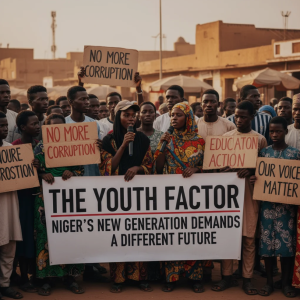In Niger, education stands at a crossroads. The country’s schools have long faced shortages in resources, infrastructure, and trained teachers — but recent economic and political pressures have made the challenge even greater. As the global landscape changes, the question becomes clear: how can Niger’s education system evolve to meet the needs of its next generation?
1. A System Struggling to Keep Up
Across Niger, classrooms are often overcrowded, with limited materials and aging facilities. Many teachers juggle large groups of students with few tools at their disposal.
According to local education advocates, rural areas are the hardest hit, where access to secondary education remains out of reach for many. The result is a widening gap between urban and rural learners — one that threatens long-term social and economic progress.
“We have the motivation,” one teacher in Zinder noted, “but we need the means.”
2. The Youth Boom and Its Pressures
Niger has one of the youngest populations in the world — a fact that’s both a challenge and an opportunity. With more than half the population under 15, demand for quality education is skyrocketing.
However, rapid population growth means classrooms are filling faster than schools can be built. Educators warn that without investment in teachers and technology, many young people risk being left behind.
Still, this youth boom represents enormous potential. If properly supported, Niger’s next generation could become a driving force for innovation, stability, and development.
3. New Approaches: Blending Tradition and Technology
Some schools and NGOs are experimenting with digital learning tools — bringing tablets, solar-powered classrooms, and remote lessons to communities once isolated by geography.
These small but powerful initiatives are helping bridge the education gap, especially for girls and children in remote regions.
Technology isn’t replacing teachers; it’s amplifying what they can do.
4. Supporting Teachers, Empowering Students
Experts agree that the success of Niger’s education reform depends on investing in teachers. Training, fair wages, and ongoing professional development are essential for sustaining improvement.
Meanwhile, empowering students with life skills, vocational training, and digital literacy could make education more relevant to Niger’s growing economy.
5. Looking Ahead: A Shared Responsibility
The path forward will require cooperation between government, local communities, and international partners. Building new schools is important — but equally vital is ensuring that every classroom becomes a place where students can thrive, think critically, and dream boldly.
Education remains Niger’s greatest hope for a brighter, more resilient future.
Conclusion
Niger’s education system is under pressure — but it’s also at a turning point. With the right vision, investment, and collective will, the country can turn its challenges into catalysts for change.
The next chapter of Niger’s story will be written not by policymakers, but by the students learning today.




